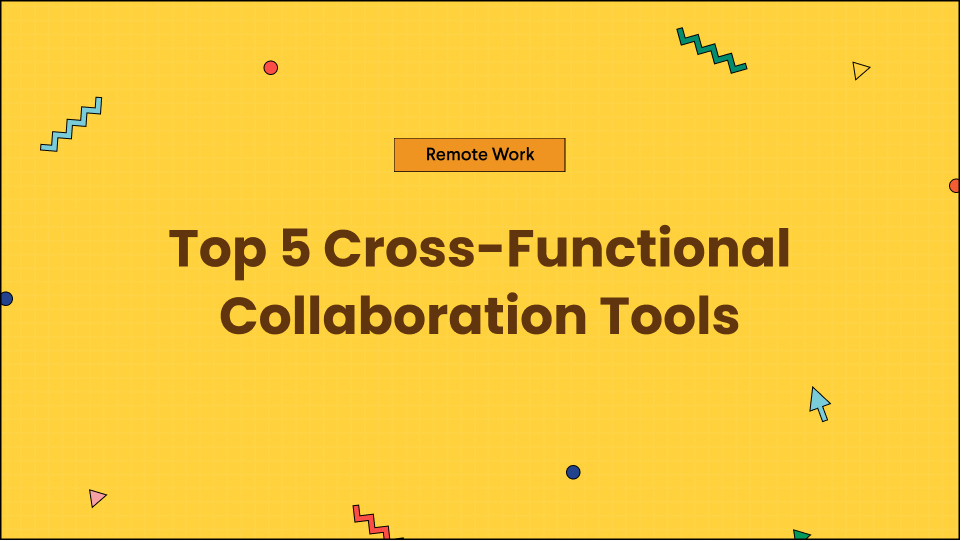If you don’t have a framework to support your teams’ collaborations, it can become overwhelming for everyone involved in the process. This is exactly why you need cross-functional collaboration tools to make this process more efficient.
The content approval tools can help you coordinate all the teams and the work they do. It can be of great help for the project manager, who can face difficulties while bringing the different sections of the company together.
It would help if you had all of them to work towards the same goal. If even one of them falls behind, it takes a toll on the whole project and compromises the success rate. You need the best collaboration tools, project management, and an efficient strategy to finish these projects on schedule.
Table of Contents
What Is Cross-Functional Collaboration?
Cross-functional collaboration is when various teams from your company come together to work on the same project. Although it is common for teams to work against each other, partnering them together helps unite them to work towards the same goal.
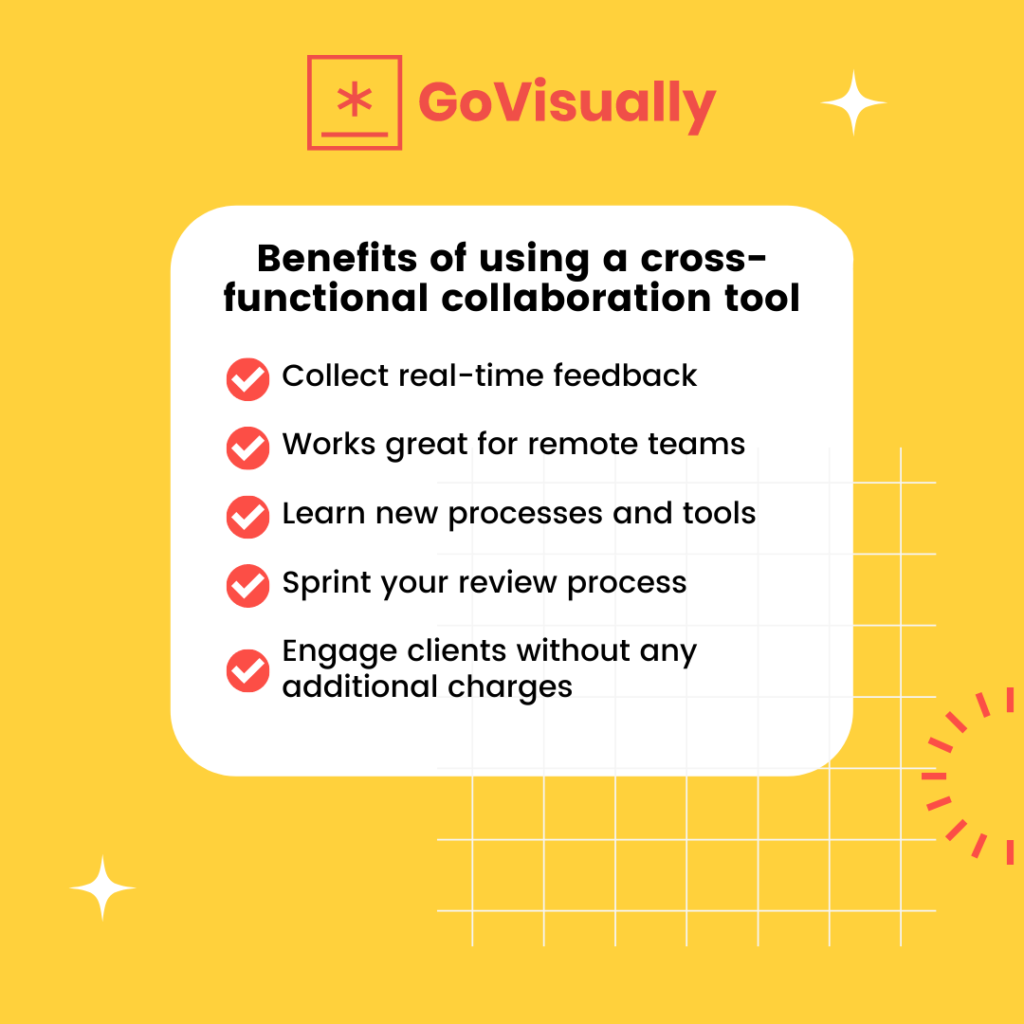
People with different functional expertise joining forces to complete a project is an excellent initiative as it allows your company’s teams to create a more enjoyable work environment. It also provides an opportunity for the departments of your company to communicate with each other and gain a better understanding of how they work.
The Challenges Of Cross-Functional Collaboration
Now that you are aware of what the process of cross-functional collaboration entails, you should also know the challenges that come with it. Like any other project, cross-functional partnerships come with their fair share of roadblocks.
It is never easy for a group to collaborate with someone they have never worked with before, and it can quickly become overwhelming. Here are some common challenges that accompany cross-functional collaborations.
Misunderstanding how the team works
When teams aren’t aware of how the other works, it can lead to animosity between them. All the departments that come together to work on a project need to establish good communication. Doing this will clarify what they are in charge of and how their department works. Communication gaps between the teams can result in microaggressions and ruin the atmosphere of the workplace.
Workplace limitations
It can be challenging to communicate if the teams that are collaborating are located in different areas efficiently. They could be in the same building but on other floors. Even this can lead to time being wasted when communicating and discussing all the details of the project. It is also difficult to manage tasks between different teams when everyone is working remotely.
Difficulty with tracking progress
With various departments working on the same project, it can be challenging to keep track of everyone is making. Likely, the teams are not recording their progress on the same file or spreadsheet. If you are managing a cross-functional collaboration, you need collaborative tools like GoVisually that allow you to track everyone’s progress on the same cloud-based platform. It makes it easier for you to find out how efficient your workforce is and on schedule.
Having inefficient meetings
A collaborative effort between different departments of your company can be tricky. When there are many people involved, there is a high chance the meetings get derailed from the topic and inefficient. If the project manager is not skilled, there may be no plan set for the meetings. There is also a chance that one department feels you are not allowing them the same opportunities to get involved in the discussions, and it gives rise to rivalries.
The Benefits Of Cross-Functional Collaboration
Of course, the cross-functional collaboration also has numerous benefits. It can help your company and the teams in various ways. Let’s look at what some of these benefits are.
Increases employee engagement
Having teams collaborate on projects allows employees to be more engaged. It improves teamwork and ensures all departments of your company learn how to work with each other. It enables your employees to work in different environments and adapt to changes.
Improves the flexibility
When all the departments of your company join forces to work on a project, it increases your company’s flexibility. With better cross-functional collaborations, your employees learn how to handle the pressure of working with other people and become more accommodating. It also improves the communication and understanding between the departments who collaborate.
Attracts the best young talent
These days, people want to work in healthy work environments that are friendly or cordial and don’t have any animosity between the teams. When you have already established a culture of collaborating between multiple departments, the young talent is more attracted to your company. It is a brilliant way of getting the best employees and allowing your current employees to grow simultaneously.
Give rise to innovative ideas
When people from different backgrounds and expertise come together to work on a project, it can bring out the best ideas from everyone. All your employees get to interact with each other and communicate. It can help all of them work together to produce the best and most innovative ideas you can use. If you don’t enable the people to develop dynamic ideas and plans, your company will always be stuck in mediocrity.
The Best Cross-Functional Collaboration Tools
When different teams collaborate on a project, it can become challenging to manage everyone, especially if you don’t have a tool that allows all teams to come together on the same platform. Numerous content approval tools make cross-functional collaborations easy and more efficient. Here are the top 5 tools that enable all departments to work together seamlessly.
1. GoVisually
GoVisually is the top cross-functional collaboration tool. It makes the process of creative collaborations more manageable and efficient. The process of signing up with GoVisually is straightforward, and you don’t need to be very tech-savvy to use it.
With GoVisually, you eliminate the long email chains between the different teams, as they can communicate directly on the platform provided to them. All the team members can receive edits and comments and make changes in real-time, taking away the hassle of sending messages back and forth.
GoVisually is an excellent platform for creative content developers. It allows them to upload all their projects and review them. The option for video review is also available. GoVisually also enables you to have a private comment section where all the team members can interact without your clients seeing.
2. zipBoard
zipBoard can be highly beneficial for anyone who wants to enable cross-functional collaborations for their company. It is helpful for teams that are creating content and want quick feedback and response.

With zipBoard, you can have unlimited collaborators on one project, and all of them can review and edit the files. You can also leave visual feedback using zipBoard. It enables all the team members to upload and edit different types of content like videos, PDFs, and much more.
zipBoard is easy to use and has a simple interface that makes it accessible for everyone. You can also set up tasks on the task manager provided by zipBoard and use it to track everyone is making. zipBoard can also be integrated with other team management tools.
3. GoProof
GoProof allows you to upload various types of files on one platform and make the communication process between all the stakeholders more seamless and efficient. This feature makes GoProof stand out as a cross-functional collaboration tool and enables all the teams to collaborate.
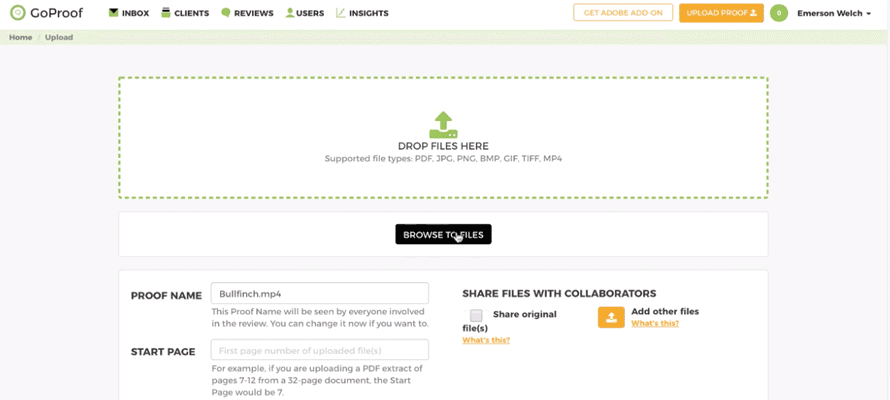
You can integrate GoProof with Adobe programs. This integration makes the process more helpful and straightforward for the users. GoProof also allows anyone outside the team to leave comments on files which is great if you want your clients to participate in the review and feedback process.
When using GoProof, you have a task manager that can help you set deadlines for all projects. You can also use it to track all the teams and send a nudge to them if they fall behind schedule.
4. ReviewStudio
ReviewStudio is a brilliant tool for companies looking to boost their cross-functional collaborations. It is a content approval tool that enables you to upload and review various files and edit them.
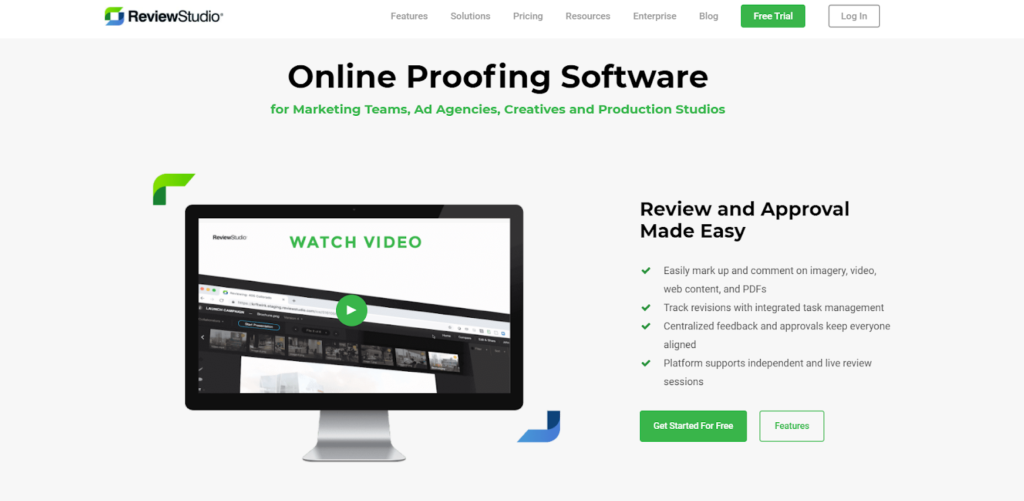
You can use ReviewStudio to make changes to any uploaded file and then look at the changes side-by-side to track all the changes made. It also has a short comment section, and users don’t need much time to get familiar with the interface.
ReviewStudio collects all the client comments on one page, and no one on the team has to spend time searching for various comments. This tool is accessible and makes creative collaborations more efficient by increasing your teams’ productivity.
5. ProofHub
ProofHub is enriched with features that can make the collaboration process for all teams in your company. You can use this tool to communicate more efficiently between different stakeholders and get reviews and edits.
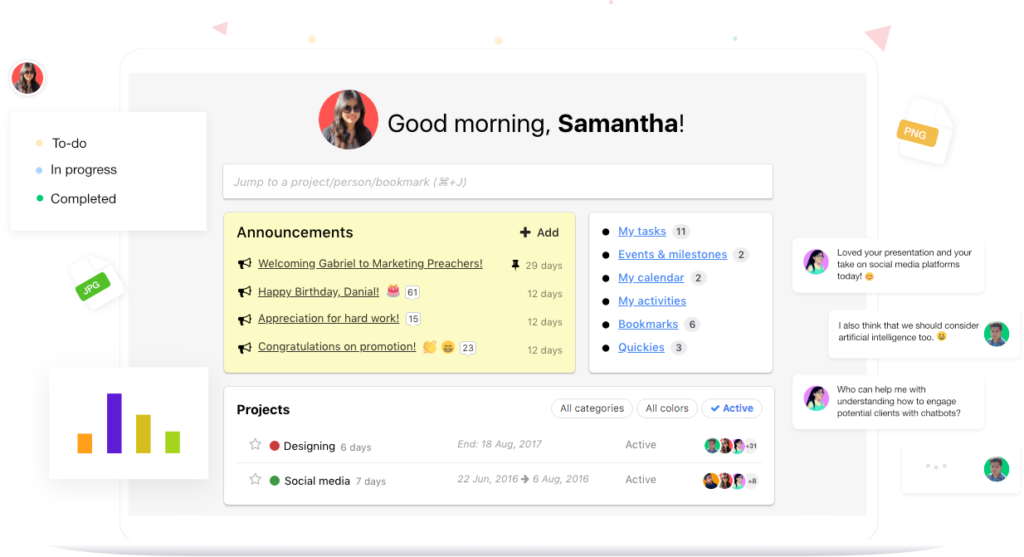
ProofHub is easy to use and has no learning curve. It is accessible for everyone and has a simple interface. You can also sync ProofHub with other tools to help you manage the workflow better and streamline all the work.
With ProofHub, you have a centralized platform to carry out all the communications between your company and teams. You can also use ProofHub to manage all the tasks and keep track of all the completed tasks.
Final Thoughts
Cross-functional collaborations play a significant role in improving the teamwork of your company and all the departments. With cross-functional collaborations, there are multiple problems that a project manager can face as it is challenging to track and manage different departments on the same project. Many content approval tools can help you ensure the collaboration process is seamless and productive.
